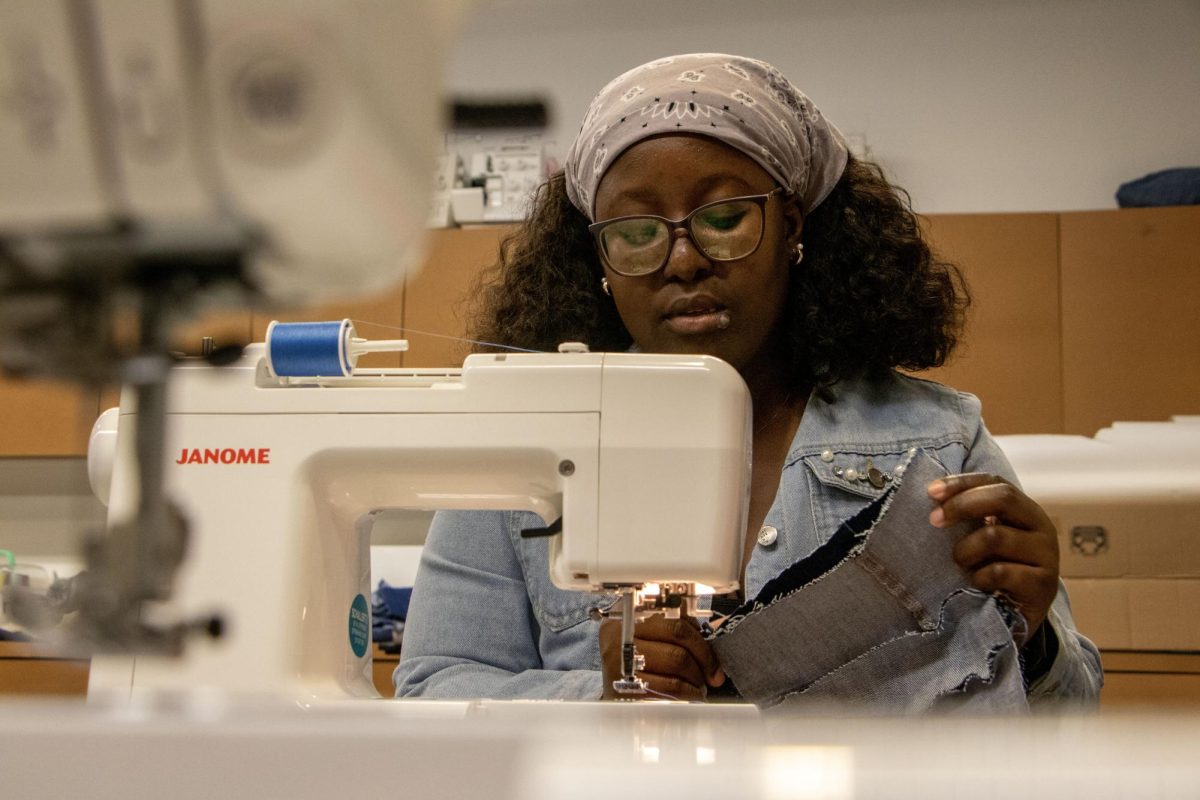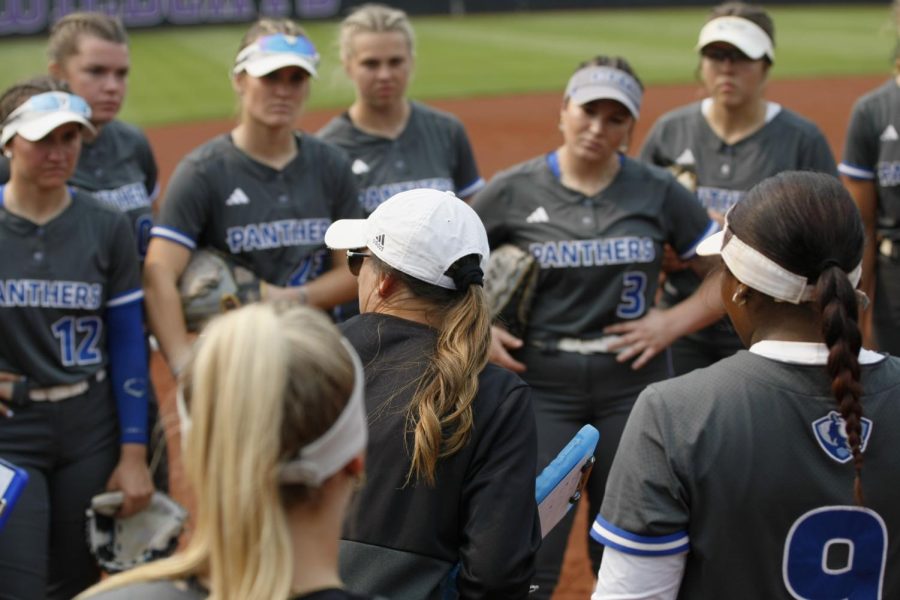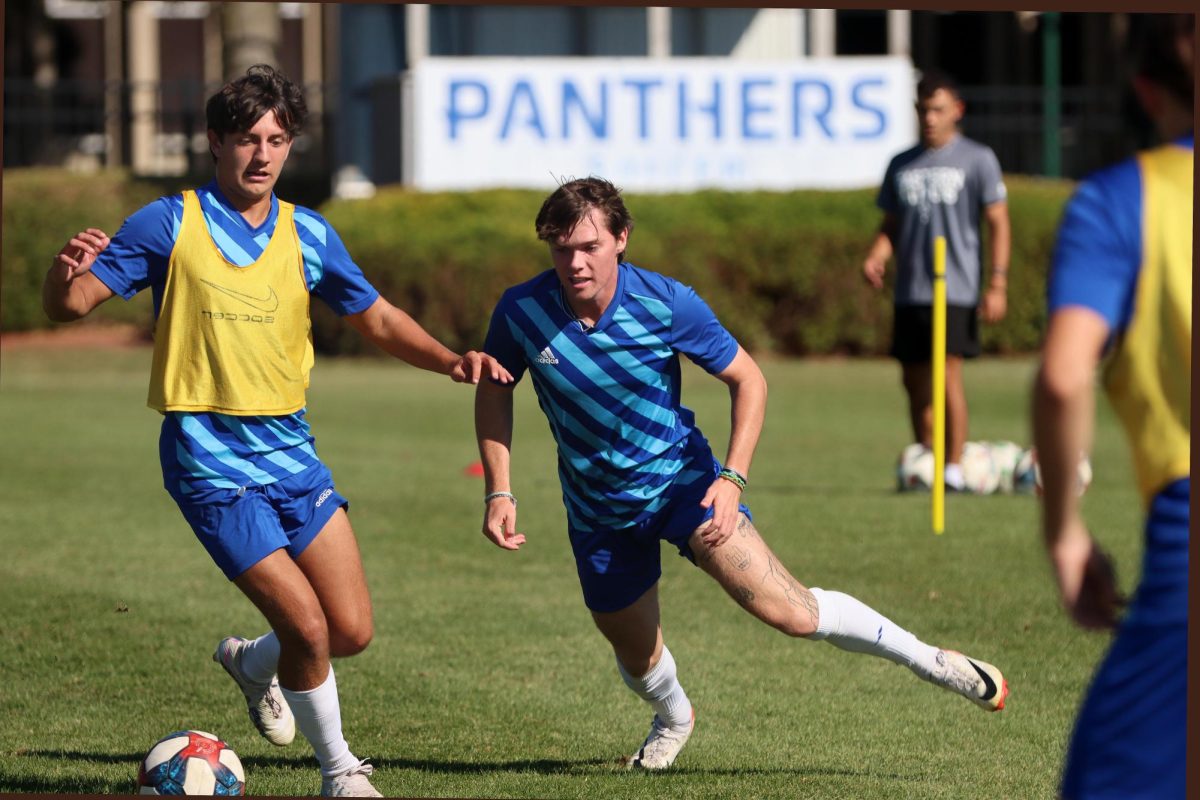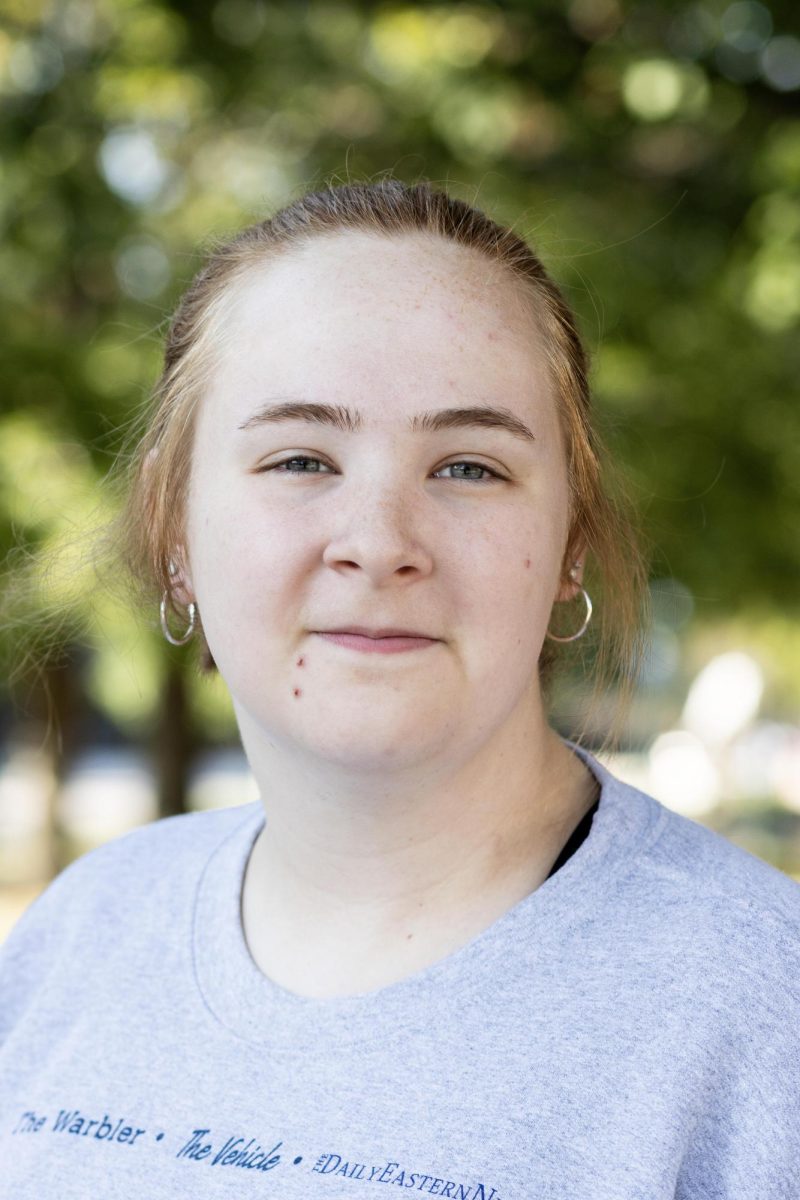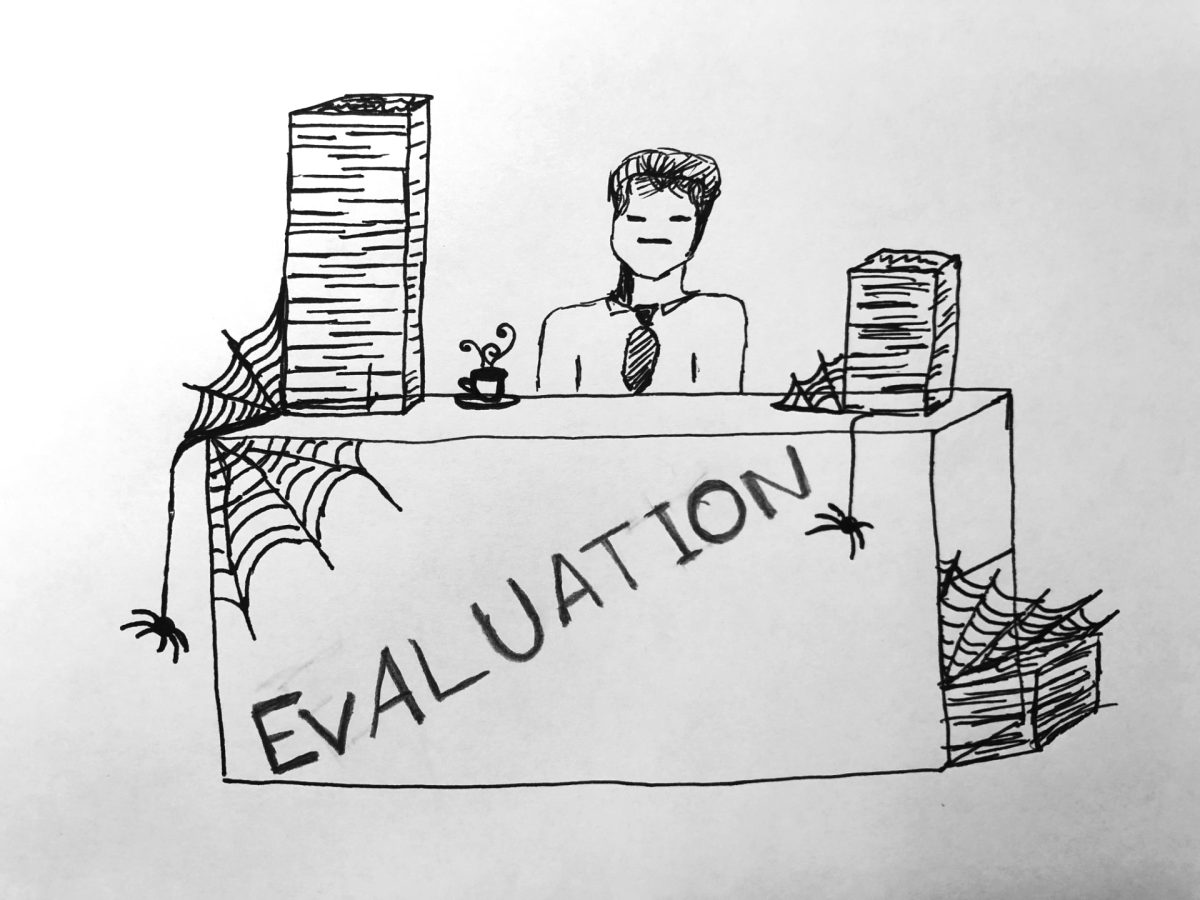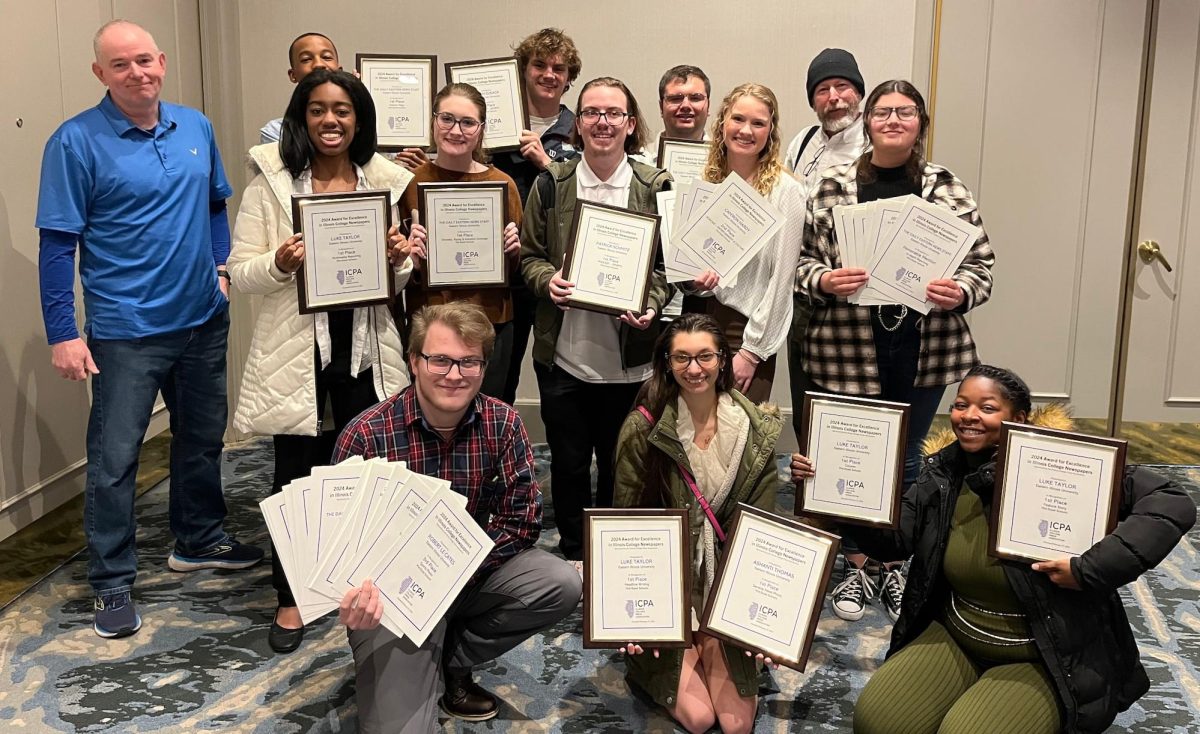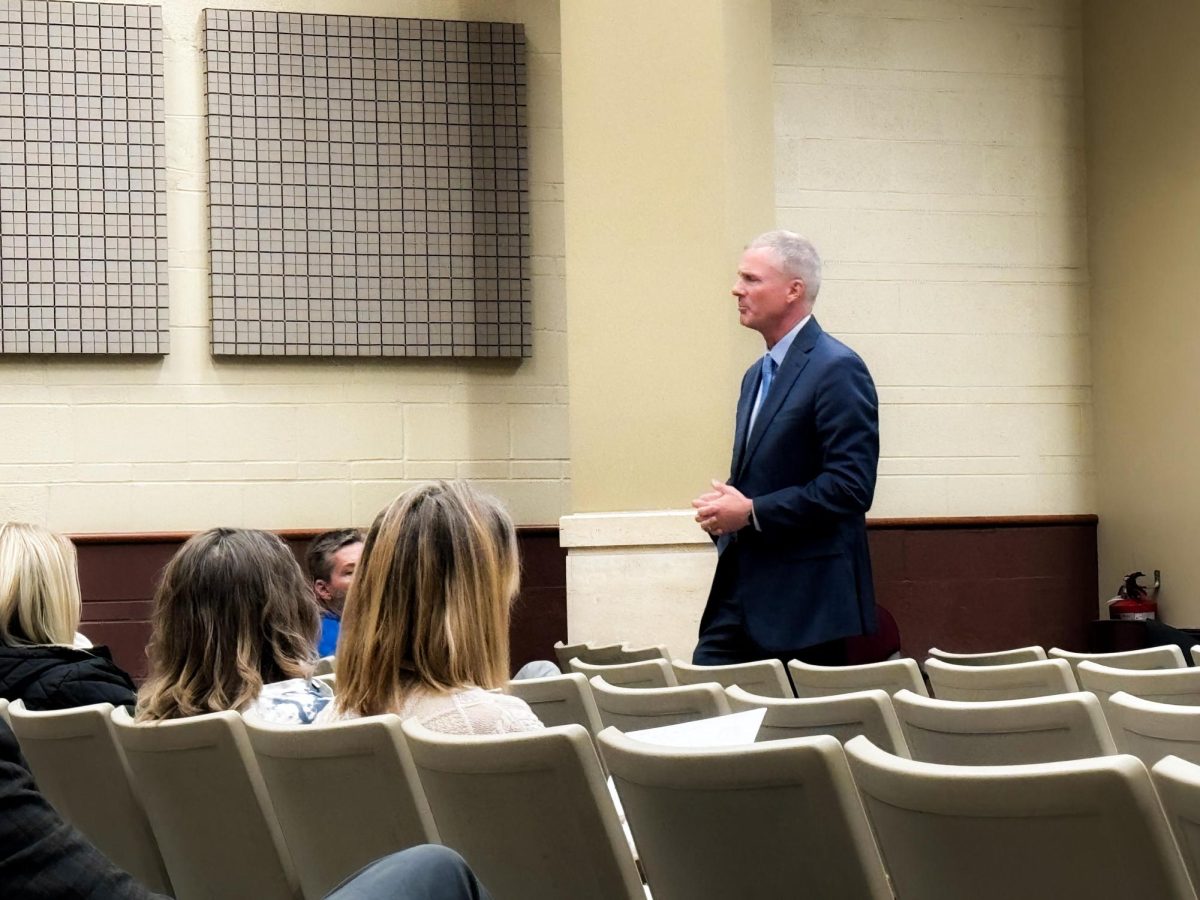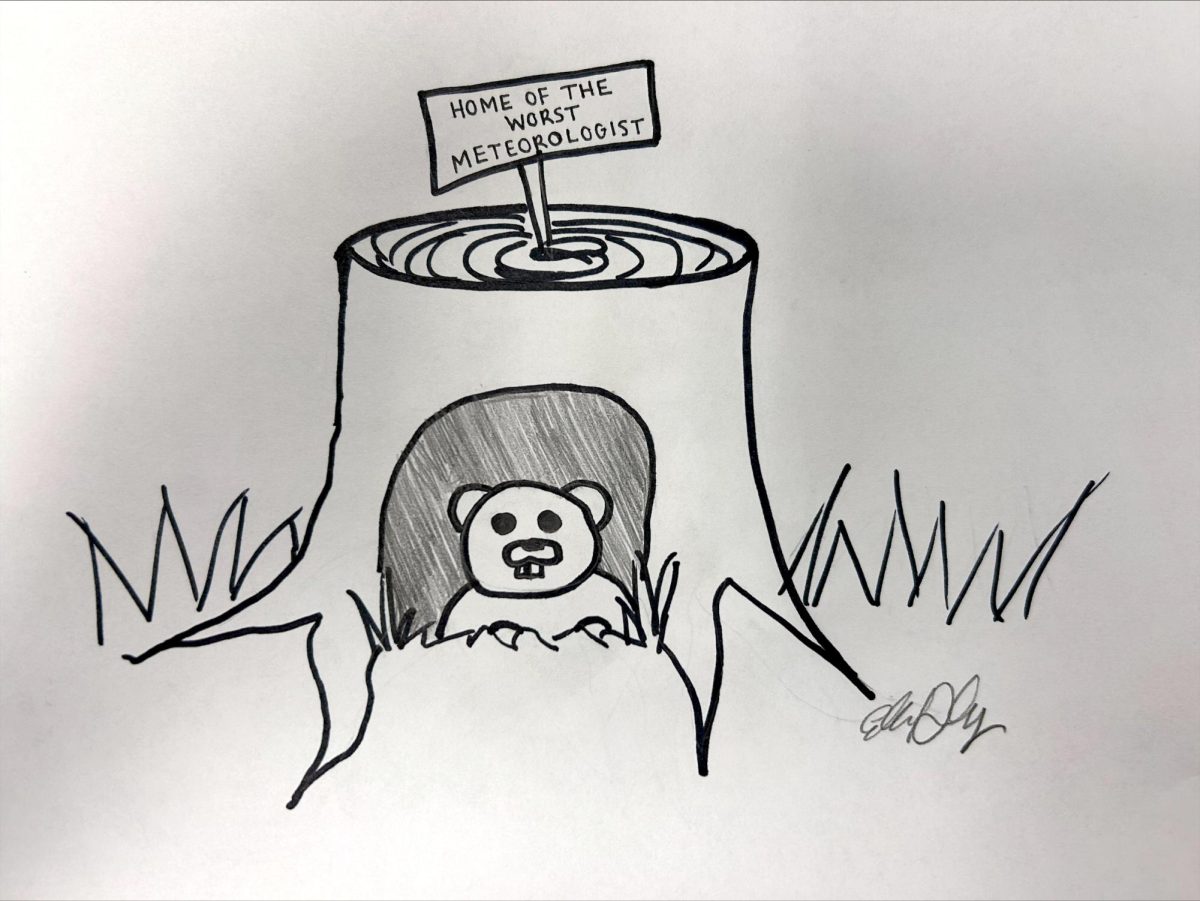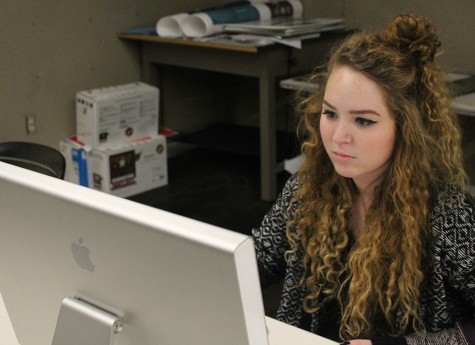Subcommittee plans to analyze, compare data
October 7, 2016
The President’s Liaison Subcommittee of the vitalization project recognized the challenges of analyzing administration personnel data and comparing this information to other Illinois public universities during their first meeting Thursday.
This data separates the amount of current Eastern personnel into 18 undergraduate and eight graduate categories determined by the employee’s job descriptions.
However, the Integrated Postsecondary Education Data system that is responsible for collecting and assisting universities changed this system by expanding the number of categories.
Emily Stuby, interim assistant director of planning and institutional research, said the number of categories makes it difficult when determining where each of the employees are placed.
“Before we moved to these (new) categories, it was a lot easier because there were only five categories,” Stuby said.
The categories have become more detailed and this creates a problem, especially when employees can qualify for two sections.
For example, chair Rob Miller is a full-time faculty member because he works for the Office of General Counsel, but he is also teaching a course, so he would also count as half an employee on top of his faculty position, Stuby said.
The first step for the subcommittee was making sure each category accurately represents the current personnel while the members established a clear understanding of the data.
“The issue for us is our administration portfolio. (We have to) define it and try to compare it to something,” Study said.
The 2015 data has already been collected, and once it is verified, the members will then conduct a side-by-side comparison with other Illinois public, four-year institutions that have an enrollment of 9,000 or less students.
“We know our 2015 set. We could compare it to other institutions, but we don’t know other universities’ 2015 (set),” Miller said.
The IPED system has postponed making other universities data public for about a year.
Because of inconsistencies in other universities’ reporting, the IPED wants to collect two years of data so the organization can double check the institutions’ data, Stuby said.
Without having access to the data via IPED, the members can call state universities and ask for their updated data, but this method has not worked in the past, Kathlene Shank, chair of the Council on University Planning and Budgeting, said.
“We didn’t get helpful information, unless you had a friend that could give you reliable information,” Shank said.
The universities’ 2014 data is available so the members were considering using that year’s data to compare it to Eastern.
“We have to try to compare apples to apples,” Miller said. “We can see even with in-state universities, we have challenges when comparing data.”
To help assess the data, budget analyst Candace Flatt will visit the subcommittee to help break down the numbers and explain how the academic data was compiled.
“(The) good thing is we have data. The challenge is interpreting the data,” Miller said.
Another objective of the subcommittee is to help assist the nine workgroups by answering any questions or concerns.
So far, the members have already been emailed questions from other workgroups about the process, which the members will then discuss together during the meeting.
The members will reply to these emails individually depending on how urgently the workgroups need a response, chemistry professor Mary Konkle said.
The next meeting will take place at 3 p.m. Thursday in the Martin Luther King Jr. University Union.
Kalyn Hayslett can be reached at 581-2812 or [email protected].





